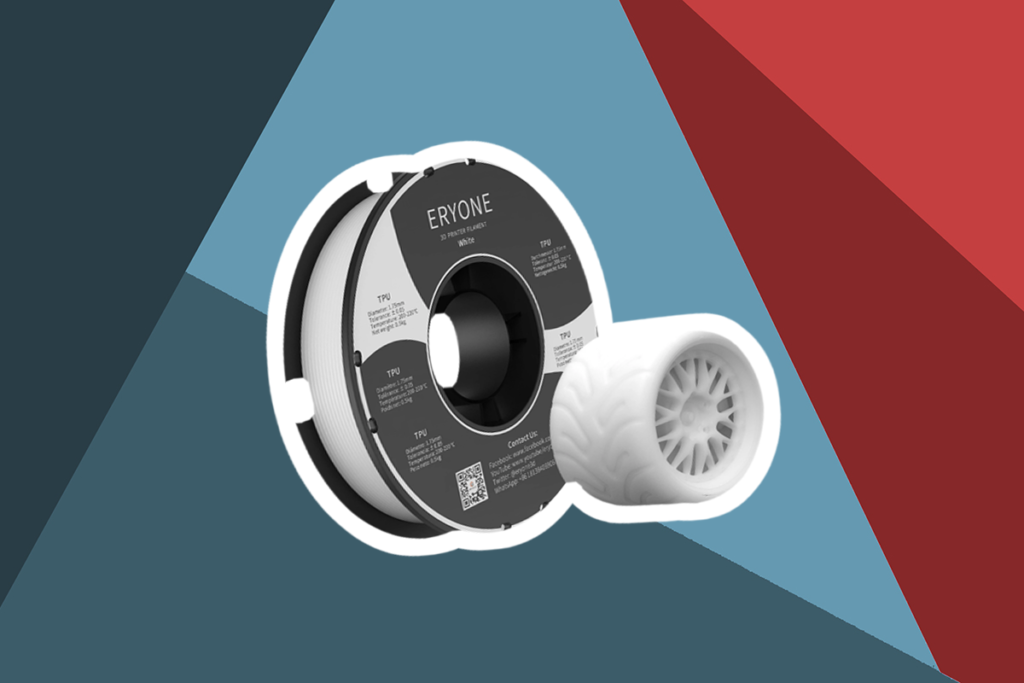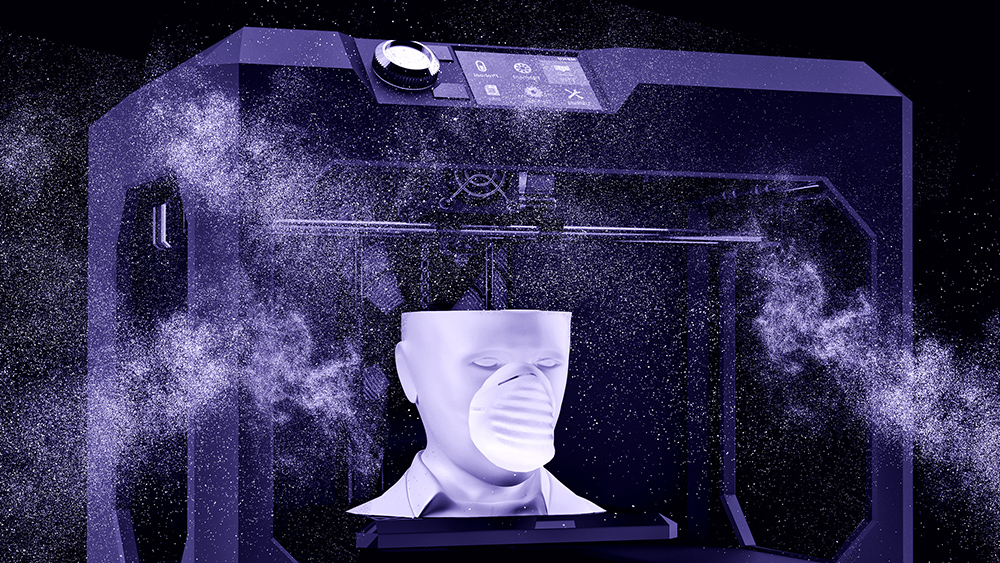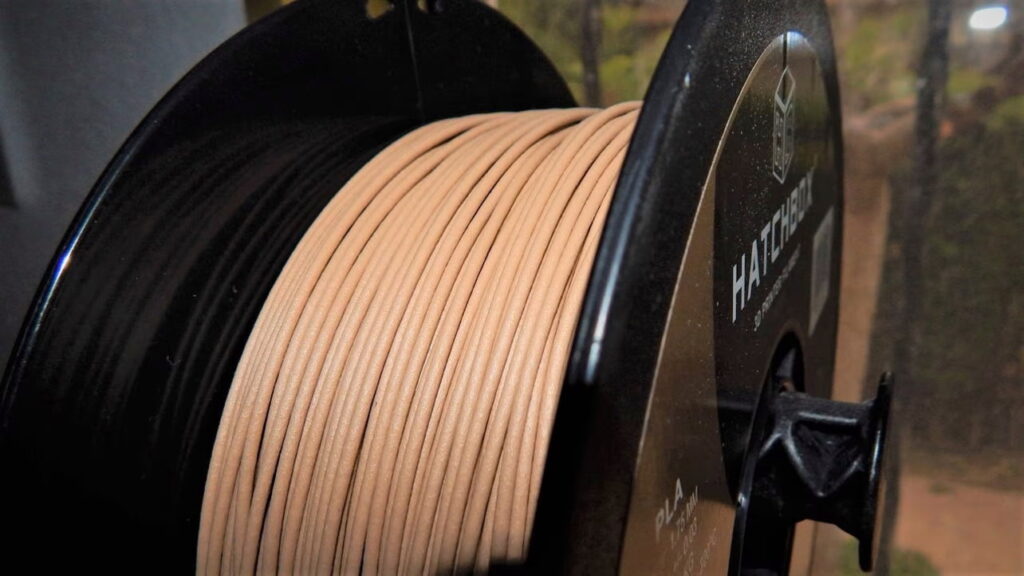

3D printing is a relatively new phenomenon, yet it has grown into a billion dollar industry Trusted Source • Global 3D printing industry market size | Statista The worldwide market for 3D printing products and services was valued at around 12.6 billion U.S. dollars in 2020. The industry is expected to grow at a compound annual growth rate of some 17 percent between 2020 and 2023. www.statista.com . The most affordable and accessible method of 3D printing is FDM or Fused Deposition Modeling, the main component of which is the FDM filament. There are many filament choices Trusted Source 3D printing filament - Wikipedia 3D printing filament is the thermoplastic feedstock for fused deposition modeling 3D printers. There are many types of filament available with different properties, requiring different temperatures to print. en.wikipedia.org , but the most popular choice is the PLA vs PLA+ decision.
Many people new to the world of 3D printing may be confused by the distinction because any material that has a “+” suffix must be the superior choice, right? There are many similarities between these two filament types, but most printers agree that PLA+ filament is the superior option. The main advantage of PLA+ is its durability which is pretty forgiving for people new to 3D printing. However, this comes at a premium, PLA+ is more expensive than PLA filament and you need to understand the differences to make an informed choice.

The difference between PLA and PLA+ is that the filament is modified slightly to remove some of the negative characteristics of PLA. As we mentioned earlier, PLA+ is stronger and more durable which makes it a less brittle material to print with. Another key advantage is the PLA+ has much better layer adhesion properties, which improves the quality of the final print. It would be difficult to list the additives that make PLA+ a superior filament because each manufacturer has a specific formula.
To help you understand the PLA plus vs PLA choice let’s take a more look at the key differences in more depth, they are:
Even a tough PLA vs PLA+ will not have the same inherent strength and the load bearing capacity will be lower. The main draw for many people that choose PLA+ is the better strength and durability when compared to standard PLA filament. This extra strength can be critical if the print will carry significant weight and a prime example would be a TV mounting bracket. If your print requirements are less demanding PLA filament should hold up pretty well. But, PLA can become brittle over time and its use in certain scenarios is not a good idea.
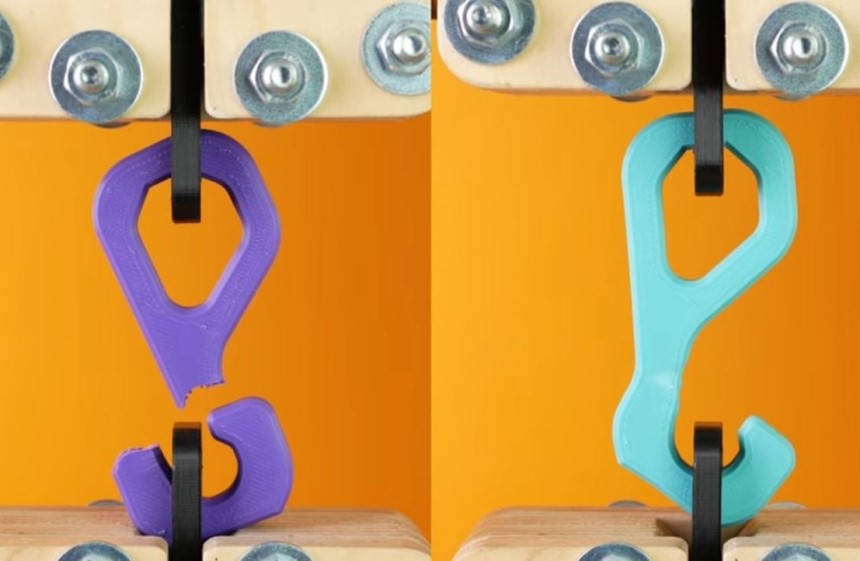 Quality
QualityIt is possible to smooth PLA filament when you need extra detail or you want to paint a piece later. This is a post-processing technique to remove imperfections and to improve the overall quality of the print. But, you can negate a lot of this extra work if you choose PLA+ filament for your printing projects. When PLA+ is compared to PLA, there is no doubt amongst most 3D printing enthusiasts about the difference in quality. PLA+ filament is much smoother. The layering is more precise and the finish is much finer. With experience, it is possible to get a lot of detail from PLA+ if you learn how to fine tune your printer settings. But, this is a pretty shallow learning curve and with a little trial and error, most people can quickly create high quality prints with PLA+. If you’re running a print shop or you’re considering scaling up in the future, PLA+ can be a real time saver.
If you’re looking for a 3d-filament-for-outdoor-use or miniatures or other application, you may be surprised at the flexibility of PLA+. When compared to PLA, PLA+ is less brittle and more flexible which is a good fit for many printing projects. Standard PLA filament can be prone to snapping when higher pressures are placed upon the print. PLA+ will bend a little under the same conditions which improves the durability and longevity.
The standard PLA filament supplied with your 3D printer is still the more popular option for many users. So, it should come as no surprise that PLA filament comes in a wider variety of colors than PLA+ at this time. If you take a look at the available PLA+ filament colors, you may find one that suits your needs. But, there is no denying the fact that PLA filament has far more colors to choose from. However, this situation is changing gradually, and as PLA+ becomes more popular, more colors should be available.
 Temperature Resistance
Temperature ResistanceThe PLA printing temperature settings can be low during the print, which can be an advantage for people new to the process. But, there is a downside if you want a print that can be used outdoors in direct sunlight or indoors around other sources of heat. That lack of temperature resistance can affect how the print reacts to heat and it’s not recommended for these types of applications. PLA filament will not fully melt when it gets warm, but it tends to hold up better when used in average temperature conditions. If you need a print that can withstand outdoor conditions and temperatures PLA+ is a better option. The temperature resistance level of PLA+ is much higher than PLA and it can safely be used for outdoor prints.
There is no getting around the fact that PLA+ costs more than PLA because of the considerable advantages we have discussed thus far. When you look at PLA filament prices, you may notice that the prices between different manufacturers tend to be similar. This is not the case with PLA+ filament and the price may vary a great deal depending on the brand you choose. This is because PLA+ manufacturers use different additives in their filament and they tend to focus on certain aspects of their products that are attractive to potential customers.
To put this into some perspective you can expect to pay $20-$30 per kg for PLA filament and this rises to $25-$35 per kg if you upgrade to PLA+.
Proper storage of PLA and to a certain extent PLA+ filament is important because they can be affected by the absorption of moisture. For this reason, storage of these materials in humid conditions is not recommended. Due to the superior heat resistant characteristics of PLA+, it does tend to store pretty well in warmer regions. PLA+ is simply better at resisting environmental effects, but it is possible to protect PLA filament. Many companies ship their PLA in a vacuum sealed bag which contains desiccant to resist moisture. This is effective, but degradation can still take place over time and this will make the filament brittle. If you live in a humid area, PLA+ is the better choice over the medium to long term.
The general tone of this article has demonstrated that PLA+ is the superior filament choice in virtually every category except the price and choice of colors. But, there is one area where standard PLA outshines PLA+ and that is the ease of printing. When you compare the two filament types, PLA is the clear winner when it comes to easy printing. This is because lower extrusion temperatures can be used and better adhesion to the build platform when lower print bed temperatures are used. In comparison, PLA+ requires higher temperatures and the heated flow rate is higher which can increase the chance of nozzle clogging issues. If you are new to 3D printing, you may want to choose PLA filament until your skills and confidence improve.
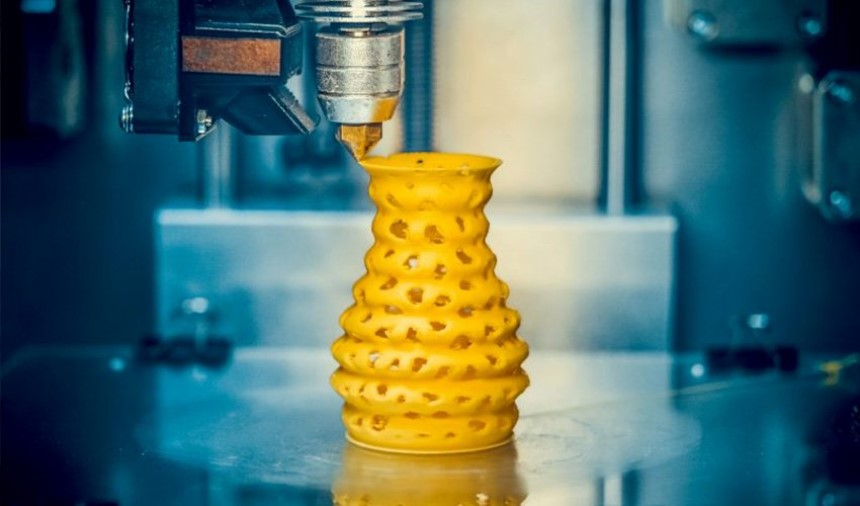 Final Thoughts
Final ThoughtsAs you can see, PLA+ filament is usually the superior choice for more experienced printers that want to take their printing to the next level. This is especially true if you want to improve the quality of your prints and you need to store plenty of spare filament. Sure, the color choices are more limited, but if you’re thinking about printing as a business PLA filament will not suffice. PLA+ is also an ideal alternative to ABS because it’s environmentally friendly and easy to use. However, if you just want to make simple visualization or reference models then it makes better economic sense to use PLA. But, if you want to make fully functioning models to use indoors or outdoors the PLA vs PLA+ choices is obvious. PLA+ filament is simply the better choice and it’s well worth the additional premium if you want to get serious with your printing.

